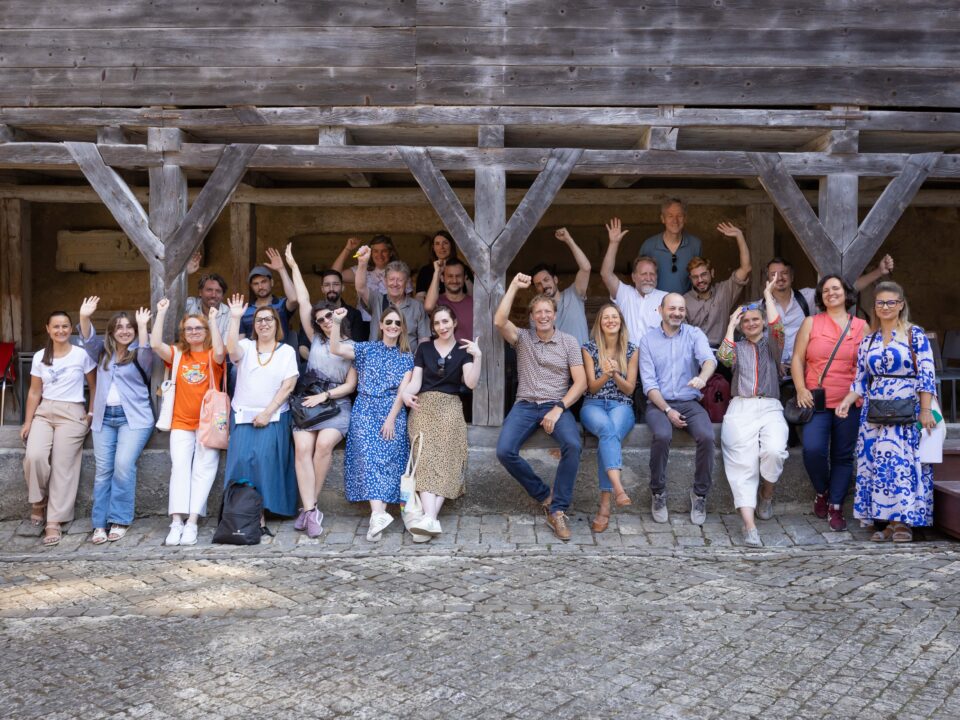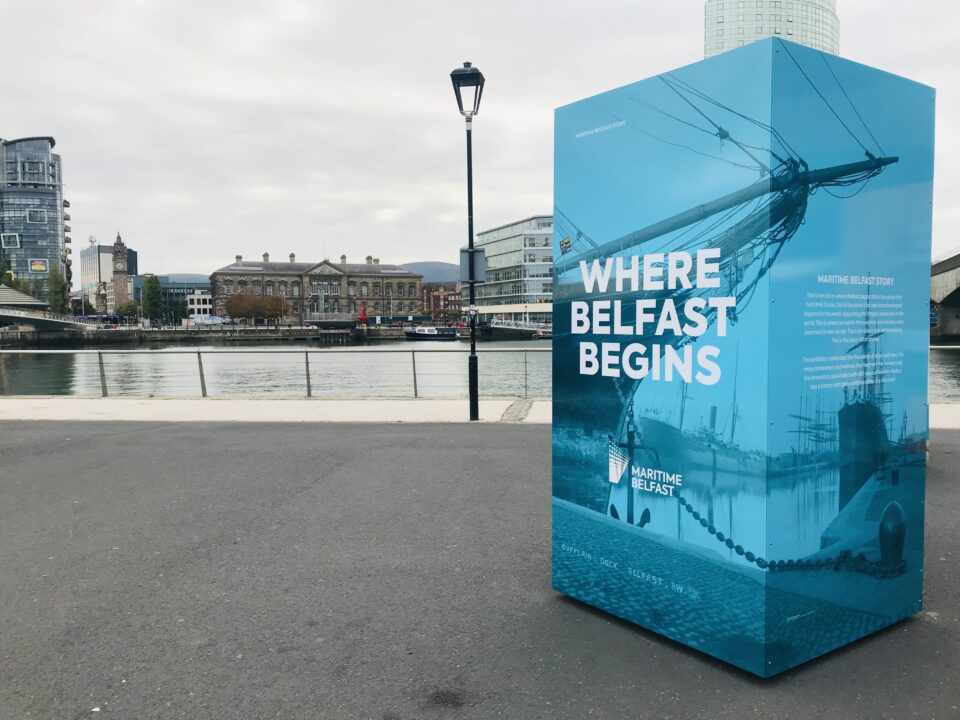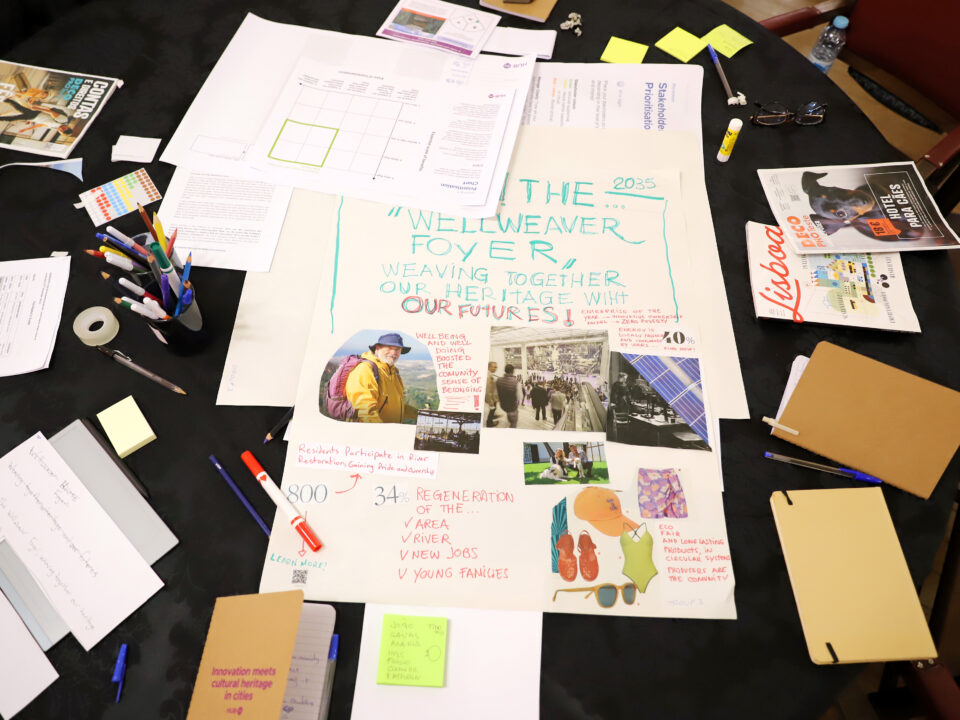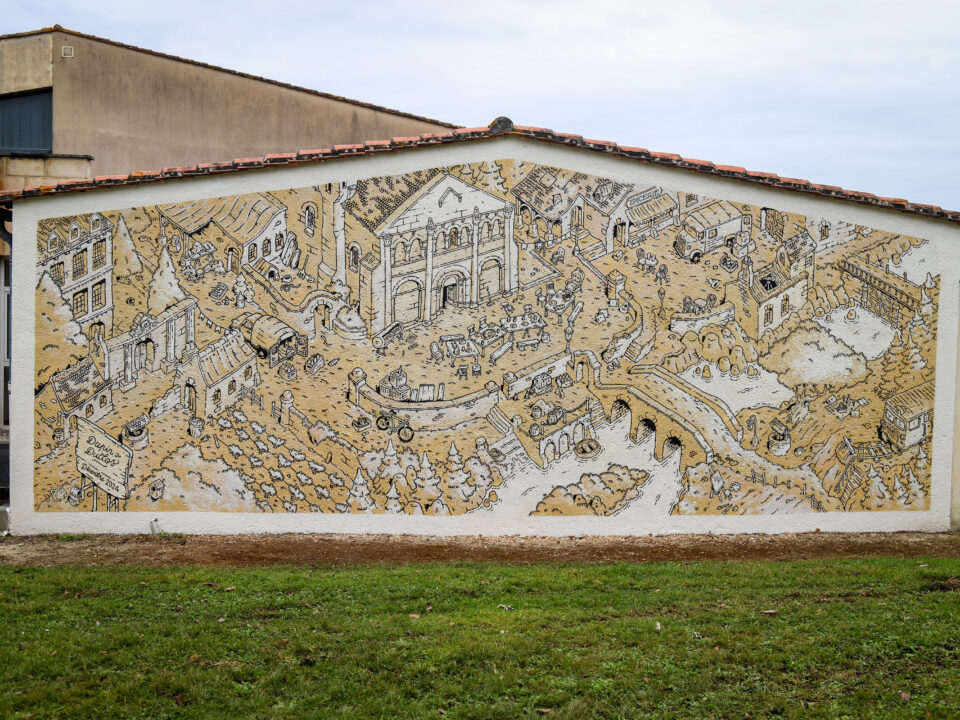
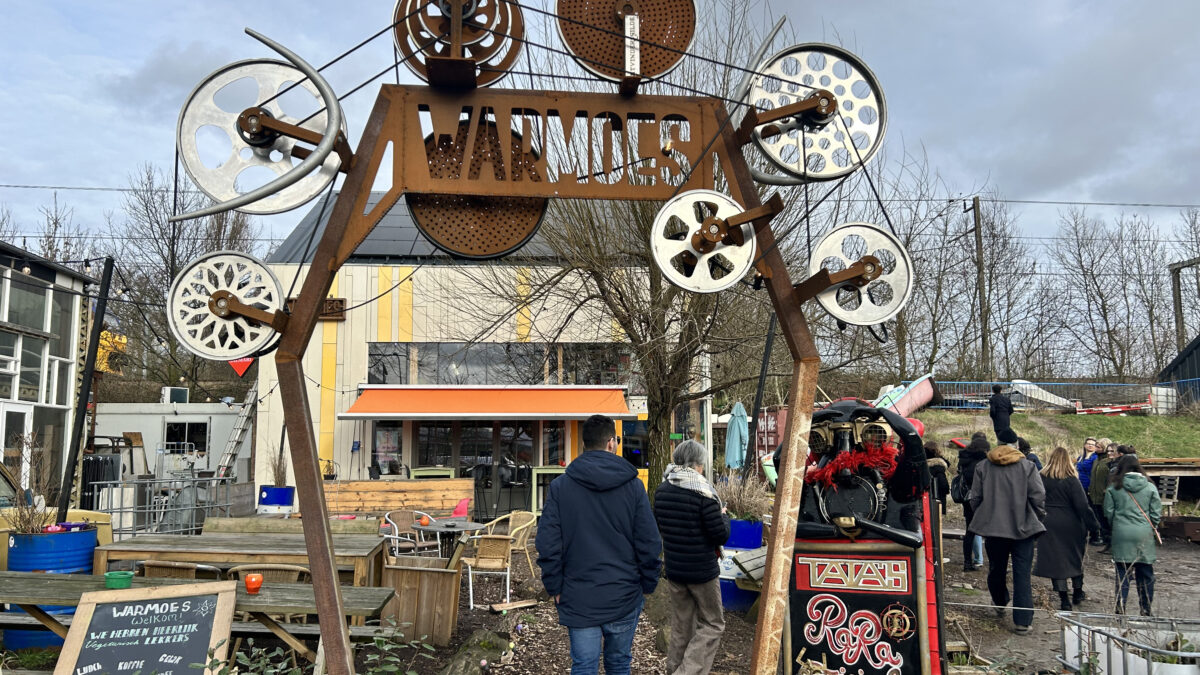
How the Werkspoorkwartier has been brought back to life
Over the last four years, Utrecht’s HUB-IN has worked to transform an ex-industrial area into a vibrant artistic district. Through the implementation of four impactful actions, the project has contributed to the revitalisation and business development of Utrecht’s Historic Urban Area (HUA), the Werkspoorkwartier. These initiatives provided valuable insights, revealing both opportunities and challenges in fostering cultural hubs.
Let’s explore the transformation of the Werkspoorkwartier and the lessons learned!
Professionalising the HUB of the business association Bedrijvenkring Cartesiusweg (BKC)
Initial investments in the BKC HUB as part of HUB-IN laid the groundwork for its professionalisation, enabling the creation of a vibrant cultural and entrepreneurial community. The goal was to strengthen the HUA organisation to tackle issues such as sustainability, innovation, and the maintenance of affordable workspace more efficiently and with broader support, as well as to communicate them to all target groups and politicians.
A key takeaway from this action was the “flywheel effect”: even modest initial investments can catalyse significant long-term growth and momentum. Collaborative efforts between stakeholders – the municipality, private owners, and entrepreneurs – have led to significant funding acquisitions, ensuring the long-term financial sustainability of the BKC HUB.
Launching an open call for public artworks
The open call for public artworks brought together artists and local stakeholders, leading to innovative installations that transformed the public space, engaging with the local cultural heritage and shedding light on issues such as traffic, lack of social meeting spaces, lack of green and attractiveness of the area. This action underscored the potential for unexpected synergies thus stimulating connections beyond the project’s initial scope. New connections were fostered between creative entrepreneurs, learning techniques from each other, and more traditional businesses, for example, to reuse scrap metal to realise new artworks.
However, the process also highlighted the complexities of navigating municipal permit systems and all participants underestimated the challenges to overcome all bureaucratic hurdles to place the artworks in the public space. All in all, the positive reactions were numerous.
The HUB-IN open call in the Werkspoorkwartier proves that art in the public space connects. Not only between people and makers but also with the environment, thus bringing the area even more to life – Daan Bramer, initiator of one of the cultural hub
Supporting talent development programmes in cultural hubs
Three talent development programmes were launched to empower emerging cultural entrepreneurs in three existing cultural hubs in the area. This action demonstrated that even small-scale financial support can have a profound impact. By providing resources and mentorship in various ways such as workshops, masterclasses, mentorships, group projects, exhibitions, and more, these programmes created pathways for artists and entrepreneurs to thrive. Over 400 cultural entrepreneurs and artists participated in the project. Surveys indicated a sharp rise in acquired skills.
Developing knowledge of the governance of cultural hubs
In addition, a governance study was performed to explore how cultural hubs can organise their governance for financial stability and long-term sustainability, balancing flexibility with accountability. Key factors for a successful collaboration include setting achievable goals, robust project management with decision-making authority, and careful alignment of resources, timelines and expectations between stakeholders. A lack of these elements can lead to conflict and ineffective outcomes.
This research highlighted the importance of adapting governance structures to the unique needs of each cultural ecosystem. Lessons learned as part of this action have been shared and applied within the municipality of Utrecht and the HUB-IN network.
Fostering urban regeneration through collaborations
HUB-IN in Utrecht has shown that targeted actions in cultural hubs can generate significant and lasting benefits. From enabling professional growth to fostering unexpected collaborations, these initiatives have helped to transform the Werkspoorkwartier into a vibrant cultural destination.
Have a look at the Storytelling Booklets to get inspired by the stories of the other European cities involved in the HUB-IN project!
